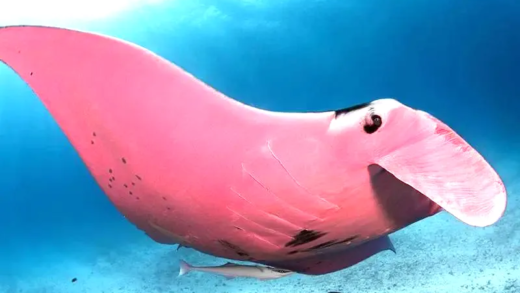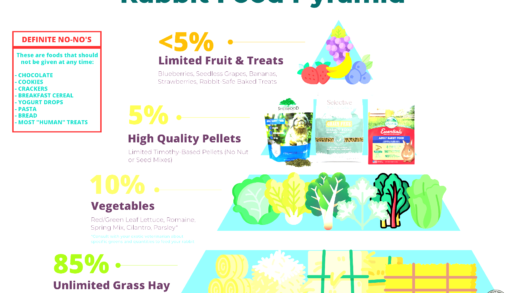Animal camouflage is a survival strategy that allows various species to blend into their environments, helping them evade predators and enhance hunting success. Techniques vary widely, from color-changing abilities in chameleons to the mimicry of the leafy sea dragon. This adaptation is essential for survival, impacting both prey and predator dynamics in ecosystems.
Understanding Animal Camouflage: What is it?
Animal camouflage is a fascinating survival strategy that allows various species to blend into their environments. This animal camouflage helps creatures evade predators and enhance their hunting success. Essentially, it’s nature’s way of giving animals a fighting chance against the threats they face daily.
Camouflage techniques vary widely across different species and habitats. For instance, chameleons are renowned for their ability to change colors, adapting their appearance to match their surroundings. This color-changing ability is not merely for show; it plays a crucial role in their survival, helping them escape the keen eyes of predators.
In addition to color-changing, some animals utilize patterns and textures to blend seamlessly into their environments. For example, the leafy sea dragon mimics the surrounding seaweed, making it nearly invisible to both predators and prey. This skillful mimicry showcases the incredible adaptability of wildlife.
Animal camouflage is not just about appearance; it also involves behavior. Many prey species, like rabbits and deer, freeze in place when threatened, relying on their natural colors to go unnoticed. This behavior, combined with their physical traits, significantly increases their chances of survival.
In summary, understanding animal camouflage is essential to appreciating the complexities of wildlife. It is a brilliant example of evolution at work, showcasing how species have adapted over time to survive in a world filled with dangers. By observing these techniques, we gain insight into the delicate balance of ecosystems and the ongoing struggle for survival.
How Camouflage Affects Animal Survival
Animal camouflage plays a crucial role in survival, enabling creatures to blend into their surroundings and evade predators. The importance of this adaptation cannot be overstated; it essentially determines life or death in the wild.
1. **Evasion of Predators**: Many animals rely on their ability to disappear into their environment. For instance, a walking stick insect looks just like a twig, making it hard for birds to spot. This ability to remain undetected is essential for survival.
2. **Hunting Success**: Predators also benefit from camouflage. Take the snow leopard, for example. Its spotted fur mimics the rocky, snowy terrain it inhabits, allowing it to stalk prey without being seen. This advantage boosts its hunting success rate significantly.
3. **Behavioral Adaptations**: Camouflage isn’t only about color. Animals like the octopus can change their skin texture to match the ocean floor, enhancing their concealment. This multi-faceted approach to blending in is vital for both prey and predators.
4. **Seasonal Changes**: Some species change their camouflage with the seasons. The Arctic hare, for example, sports a white coat in winter, becoming a ghost against the snow, and shifts to a brown hue in summer, blending in with the earth and vegetation. This adaptability is a testament to the evolutionary arms race between predator and prey.
5. **Environmental Factors**: Different habitats demand various camouflage techniques. Animals in dense forests, like the leaf-tailed gecko, utilize patterns that mimic the bark and leaves around them. Conversely, creatures in open environments, like the plains, may rely on color to match the grasses and earth tones.
In conclusion, the art of animal camouflage is a fascinating interplay of color, texture, and behavior that significantly impacts survival. Animals that master these techniques often thrive, while those that don’t may fall prey to the ever-watchful eyes of predators. Understanding these dynamics not only highlights the brilliance of nature but also emphasizes the delicate balance of ecosystems.
Examples of Master Camouflage: Animals That Excel at Hiding
Animal camouflage is showcased brilliantly in various species that have adapted to their environments in remarkable ways. Each of these creatures has developed unique methods to blend in, ensuring their survival in the wild. Here are a few prime examples:
- Chameleons: These reptiles are perhaps the most famous for their color-changing abilities. They can alter their skin color to match their surroundings or even express their mood. This skill not only helps them avoid predators but also allows them to communicate with other chameleons.
- Leaf-Tailed Geckos: Native to Madagascar, these geckos have bodies that resemble leaves or bark, making them nearly invisible in their forest habitats. Their ability to stay motionless enhances their camouflage, making them effective at evading both predators and unsuspecting prey.
- Cuttlefish: Masters of disguise, cuttlefish can change both color and texture. They can mimic the appearance of rocks, sand, or even coral, allowing them to ambush prey or evade larger predators. Their rapid color-changing ability is due to specialized skin cells called chromatophores.
- Snow Leopards: With their beautiful spotted coats, snow leopards blend seamlessly into the rocky, snowy landscapes of their mountain homes. This natural camouflage allows them to stalk prey without being detected, showcasing the effectiveness of their adaptation.
- Octopuses: These intelligent creatures can change not only their color but also the texture of their skin to match their environment. Some species can mimic the appearance of other sea creatures, allowing them to avoid predators while hunting.
These examples illustrate the incredible diversity of animal camouflage strategies. Each species has evolved unique adaptations that enhance their survival, showcasing nature’s creativity. Understanding these remarkable adaptations allows us to appreciate the complexity of wildlife and the ongoing evolution of these fascinating creatures.





Comments are closed.